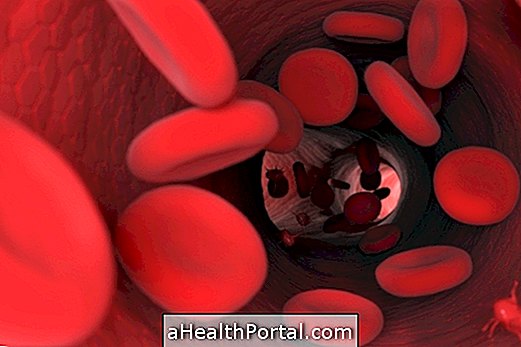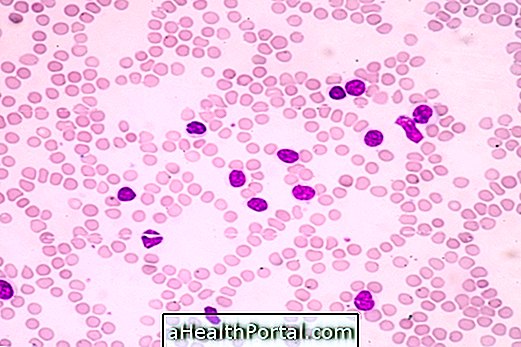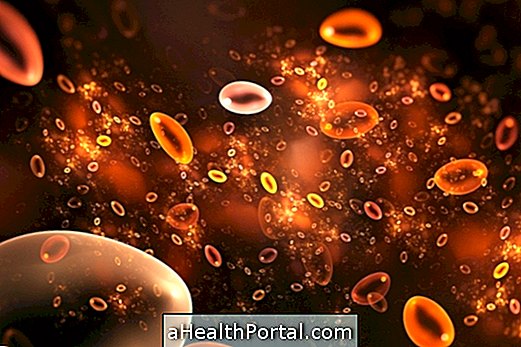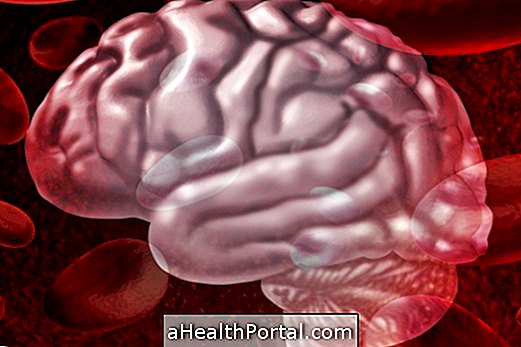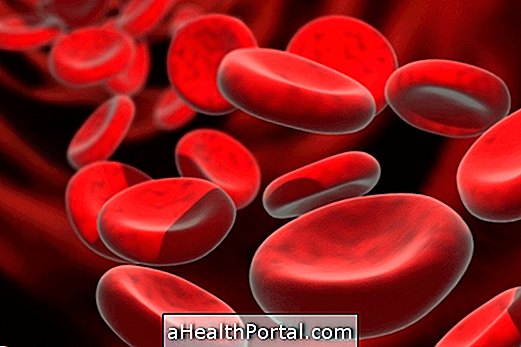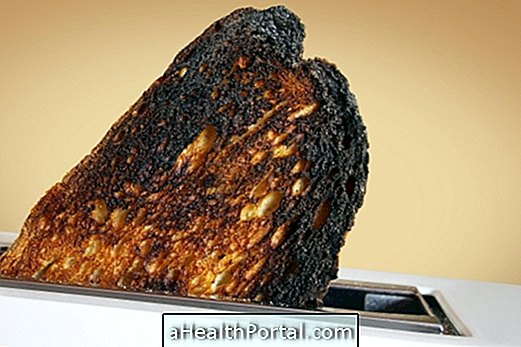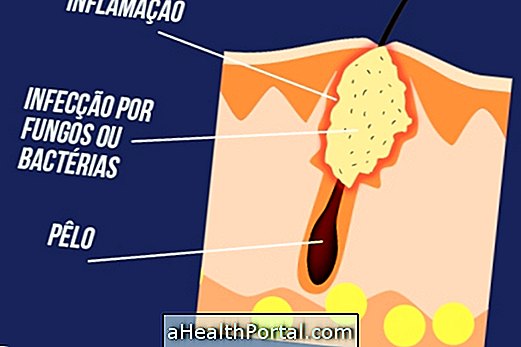Pernicious anemia, also known as Addison's anemia, is a type of megaloblastic anemia caused by deficiency of vitamin B12 (or cobalamin) in the body, leading to symptoms such as weakness, pallor, tiredness and tingling of the hands and feet, for example. Learn more about vitamin B12.
This type of anemia is usually discovered from the age of 30, however in cases of child malnutrition, for example, there may be deficiency of this vitamin, characterizing juvenile pernicious anemia.
The diagnosis of pernicious anemia is mainly done by means of laboratory tests, in which the concentration of vitamin B12 in the urine is verified, for example. Treatment is usually done by supplementing with vitamin B12 and folic acid, in addition to the adoption of a healthy diet rich in vitamin B12.
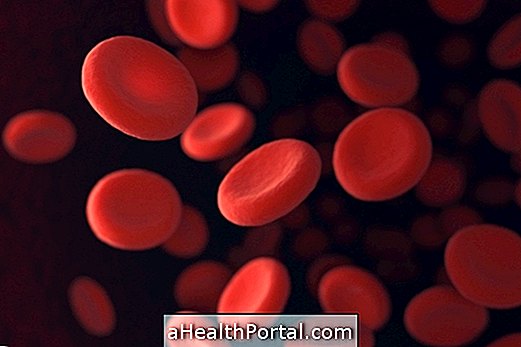
Main symptoms
The symptoms of pernicious anemia are related to the lack of vitamin B12 in the body, the main ones being:
- Weakness;
- Pallor;
- Headache;
- Tiredness;
- Diarrhea;
- Smooth tongue;
- Tingling in the hands and feet;
- Heart palpitations;
- Dizziness;
- Shortness of breath;
- Irritability;
- Feet and cold hands;
- Appearance of wounds in the corner of the mouth.
In the most severe cases of pernicious anemia, it is possible to compromise the nervous system, which can lead to walking difficulties, depression and mental confusion. Learn more about the symptoms of pernicious anemia.
Possible causes
Pernicious anemia is characterized by a lack of vitamin B12 in the body due to impaired absorption of this vitamin due to deficiency of intrinsic factor, which is a protein in which vitamin B12 binds to be absorbed by the body. Thus, in the intrinsic factor deficiency the absorption of vitamin B12 is compromised.
The most likely cause of pernicious anemia is immunological: the immune system is likely to act unduly on the gastric mucosa, causing chronic atrophy and inflammation, resulting in increased secretion of hydrochloric acid by the stomach and decreased production of intrinsic factor, thus reducing the absorption of vitamin B12.
In addition to the immunological cause, pernicious anemia can be caused by conditions such as celiac disease, hemocystinuria, cobalt deficiency, infant density, treatment with paraminosalicylic acid, and malnutrition during pregnancy, which can cause the baby to be born with pernicious anemia .

How is the diagnosis made?
The diagnosis of pernicious anemia is made according to the symptoms and eating habits of the person. However, to confirm the diagnosis it is necessary to perform other tests such as digestive endoscopy, which aims to identify lesions in the stomach. Understand how endoscopy is done.
The laboratory test used to confirm the diagnosis of pernicious anemia is the Schilling test, in which radioactive vitamin B12 is administered orally and 2 hours later an injection containing non-radioactive vitamin B12 is administered. After 24 hours the urine is collected and analyzed in the laboratory. If there is little concentration of radioactive vitamin B12 in the urine, the intrinsic factor associated with vitamin B12 is administered three to seven days after the first test. After 24 hours the urine is again collected and analyzed and if there is a correction of the vitamin B12 concentration in the urine, the test is said to be positive for pernicious anemia, since a protein that is not being produced and that solves the problem has been supplied to the body.
In addition to the Shilling test, the blood count can be requested, as it is also an examination that allows the diagnosis of anemia. The hemogram of pernicious anemia consists of high values of MCV (mean corpuscular volume), as erythrocytes are larger, decrease in the total number of erythrocytes, increase in RDW, which indicates that there is great variation between the size of erythrocytes and presence changes in the shape of red blood cells.
A myelogram may also be ordered, which is the examination that shows how the bone marrow works, which in the case of pernicious anemia reveals the presence of large and immature erythroid precursors. This examination, however, is invasive and is rarely requested to aid in the diagnosis of anemia. See which tests confirm the anemia.
How to treat
The treatment of pernicious anemia can be done with injections of vitamin B12 containing 50 - 1000μg or oral tablet containing 1000μg of vitamin according to the medical recommendation. In addition, the use of folic acid may be recommended to prevent neuronal consequences. Learn more about the treatment of pernicious anemia.
It is also important to consult a nutritionist so that you can have a better orientation on the foods that should be consumed in pernicious anemia, and the consumption of red meats, eggs and cheese, for example, is usually indicated. See what foods are rich in vitamin B12.
Watch the video below and learn more about this type of anemia:

